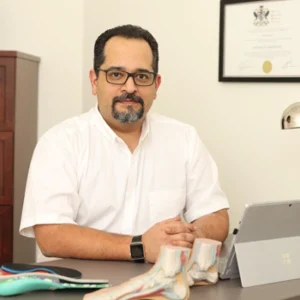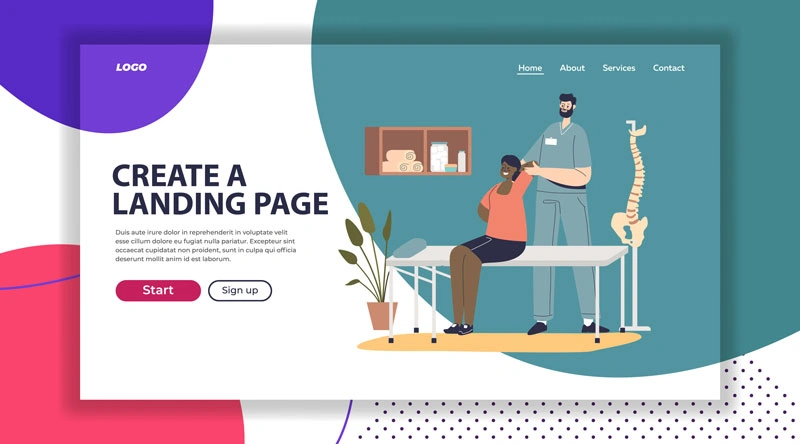You’ve invested thousands of dollars and years of your life to become a manual osteopath. What’s next? The good news is, there are various paths to kickstart your career. In this article, I’ll break down four different options for you and highlight their advantages and disadvantages.
-
Rent a room: An easy way to start your practice is by renting a room within a medical or multidisciplinary office. Renting a room has its pros and cons, on the plus side you won’t have to split your profits with anyone and the rent is cheaper compared to starting a full-fledged clinic. However, you won’t have full control over the clinic’s design and marketing materials. On the bright side, you’ll benefit from cross-referrals between practitioners and the medical clinic.
Advantages: Cross-referrals, cheaper rent, use of common areas.
Disadvantages: Lack of control, branding, marketing, pricing, hours of operation.
-
Split: Another option is to work for a clinic on a percentage basis. The main advantage of this method is that you won’t have any initial costs or investments. The clinic will usually cover the operational costs, marketing, and advertising expenses, as well as provide furniture. The percentage split depends on various factors such as their marketing budget, number of patients, and how fast they can book you. However, the downside is that you’ll have to give up a portion of your income, all patients belong to the clinic, and you won’t have control over marketing or business decisions.
Advantages: No initial cost, no marketing cost, no operational cost.
Disadvantages: Income split, patient ownership, lack of control.

-
Hourly Rate:
For manual osteopaths, being on payroll or working with an hourly rate is not as common, but some clinics may prefer to hire you for 2-3 days a week based on an hourly rate. The average rate is around $40.00 per hour, with some clinics offering a little more or less.
The advantage of the hourly rate is guaranteed payment for the hours worked, regardless of the number of patients seen. However, the clinic will retain a larger portion of the fee charged to the client, with the therapist receiving around 35% of the total pay. The clinic must be confident that the therapist will be fully booked for over 90% of the time in order to offer this option.
Working 2-3 days a week on an hourly rate can result in a guaranteed monthly income of $2200-$2500. This option is often preferred by new graduates as it provides a stable income and allows them to focus on building their own clinic without worrying about living expenses.
-
Starting Your Own Clinic:
Starting your own clinic may seem daunting, but it is not impossible. In another article, the steps to starting your own clinic will be discussed. This article will focus on the advantages and disadvantages of owning your own clinic.
Owning your own clinic offers several benefits, including not having to share income with anyone else and the opportunity to sell health-related products and services to clients. However, it is important to understand the disadvantages, including the responsibilities of running a business and ensuring its success.

In conclusion, becoming a manual osteopath opens up various opportunities for you to kickstart your career. Whether you choose to rent a room, work on a split basis, work on an hourly rate, or start your own clinic, it’s important to weigh the advantages and disadvantages of each option to determine which is best suited to your needs and goals. Regardless of which path you choose, remember that you’ve invested time, energy, and money into your career, and with dedication and hard work, you can build a successful practice.





